Are you moving soon and worried about how to safely transport your beloved plants? Every plant lover knows the anxiety that accompanies moving day when our leafy companions need to be transported. In this guide, we’ll explore essential tips to ensure your plants reach your new home healthy and thriving. By preparing your plants, choosing the right containers, and ensuring optimal traveling conditions, you can experience a stress-free move with your green friends.
Preparing Your Plants for the Move
When preparing your plants for a move, the first step is to survey your entire collection. Examine each plant for pests or diseases and prune any dead leaves or branches. This ensures only healthy parts make the journey. Make sure to water them a day or two before moving. This keeps them hydrated without making them too heavy.
Consider transplanting larger plants into plastic pots prior to moving. This reduces weight and prevents ceramic pots from breaking. Wrap delicate branches gently with soft materials like old sheets or bubble wrap. Avoid using hard plastics which might damage the leaves.
Label each plant with its name and any specific care instructions. This helps when unpacking and ensures each plant returns to its preferred environment quickly. Remember to pack them last in your vehicle, so they are the first to be unloaded and adjusted to their new setting.
Choosing the Right Transportation Containers
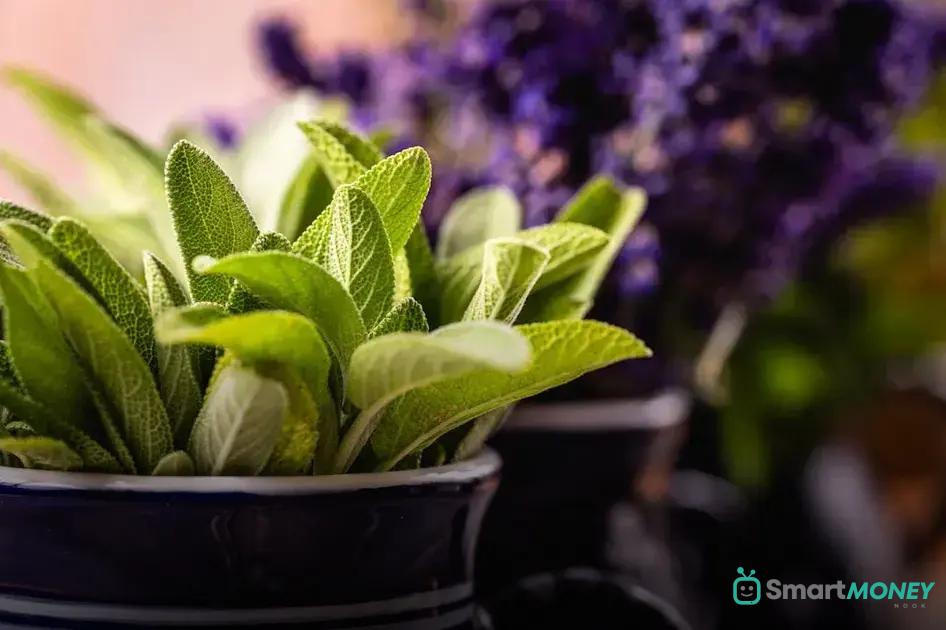
Choosing the right containers for transporting your plants is crucial for their safety and health during a move. Durability is a key factor. Opt for containers that won’t easily break or tip over. Ensure containers have adequate drainage. This prevents water from accumulating, which could lead to root rot.
Consider the size and weight of your plants. Bigger plants might require sturdier containers that can handle their weight. Lightweight materials, such as plastic, can make transporting easier, but ensure they are strong enough to support the entire plant.
For temperature-sensitive plants, choose containers that can offer some insulation against temperature changes. Containers made from materials like thick plastic or foam can help maintain a constant temperature.
Remember to label each container, noting special instructions such as “fragile” or “this side up.” This helps in handling them correctly during transport and ensures their well-being.
Keeping Your Plants Hydrated During Transport
Ensuring your plants are well-hydrated is crucial when transporting them long distances. Proper hydration helps to maintain their health and vitality throughout the journey. To start, make sure you water your plants thoroughly a few days before the move. This stocking of water will help prevent the plants from drying out during transit; however, avoid watering the day before the move to prevent over-saturation and potential damage from waterlogged soil during transport.
For plants in smaller pots, consider using a moist paper towel wrapped around the base of the plant and secured with a rubber band. This can help keep the soil from drying out without excess water.
Covering Plant Leaves
If possible, cover the leaves with a plastic bag that has small ventilation holes. This creates a humid environment. The humidity inside the bag reduces water loss from evaporation, keeping the plants hydrated longer without direct watering.
During transport, check your car’s temperature as plants can suffer in excessive heat or cold. Aim for a moderate climate in the vehicle to prevent stress on the plants. Once at your destination, water your plants and gradually reintroduce them to sunlight and ambient conditions.
Securing Your Plants in the Vehicle
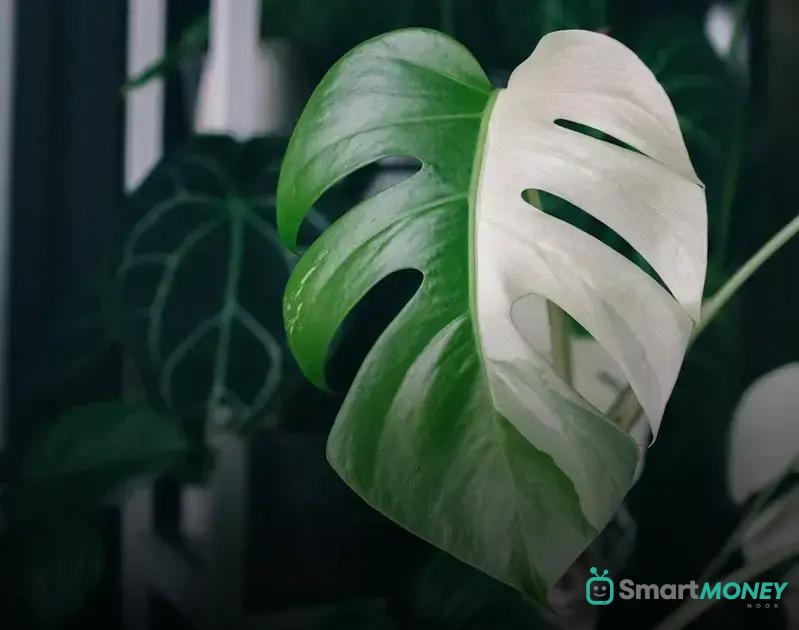
When you’re moving with plants, ensuring they are securely placed within your vehicle is vital. Use boxes to keep plants steady. Place taller plants in the footwell or along the backseat to prevent them from tipping over.
Blocking Movement
Use pillows or soft items to cushion plants, providing a snug fit that restricts their movement. This secures them even if you brake abruptly. Seatbelts can also be used to hold larger pots in place, offering added stability. Ensure each plant is upright and not packed together too tightly to allow air circulation. Use mesh covers or netting over boxes to prevent leaves or branches from breaking during the journey. Consider temperature control; avoid placing plants directly under the sun or near air-conditioning vents to prevent stress. Arranging them near windows for natural light can help, but shading them during peak sun hours protects from excessive heat. Regularly check that plants remain upright and intact throughout the trip, making adjustments as needed at stops. By carefully planning your plant placement and ensuring proper security, you’ll minimize transport stress and increase the chances of a healthy arrival.
Replanting and Adjusting After the Move
After reaching your new home, it’s time to assess the condition of your plants after the journey. Look for any signs of damage such as broken branches or wilting leaves. Carefully remove any dead or damaged parts to promote healthy growth.
Next, choose a suitable location in your new home where the plants can thrive in terms of sunlight and temperature. If you’re replanting, select an appropriate pot or garden bed with the ideal soil that matches the needs of each plant.
Watering is crucial after the move. Ensure that the roots are adequately hydrated but avoid overwatering to prevent root rot. Always check the specific water requirements of each plant species to make sure you’re not under or over-watering them.
If your plants seem stressed from the move, give them some time to adjust by gradually introducing them to their new surroundings. Keep an eye on them and adjust their environment as necessary to help them acclimate comfortably to your new home.

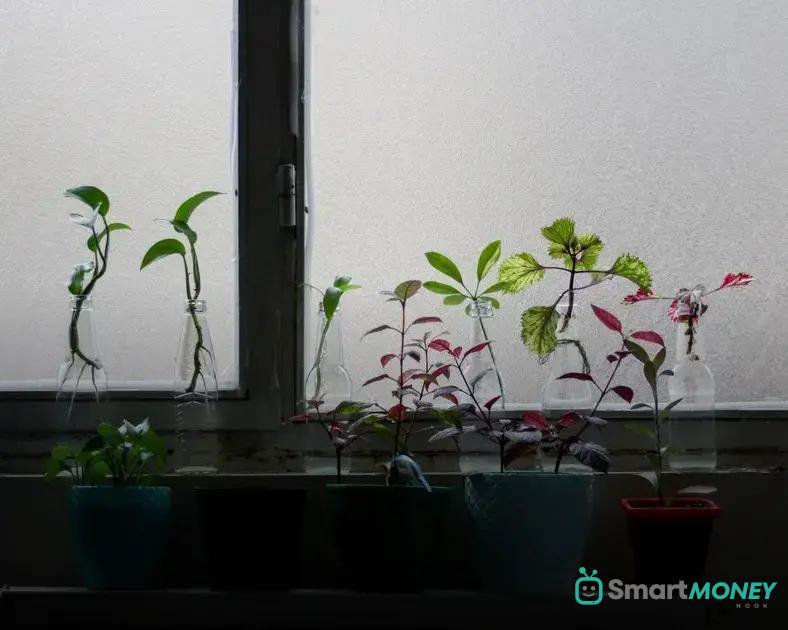
 How to Start a Plant Journal to Track Growth Effectively
How to Start a Plant Journal to Track Growth Effectively 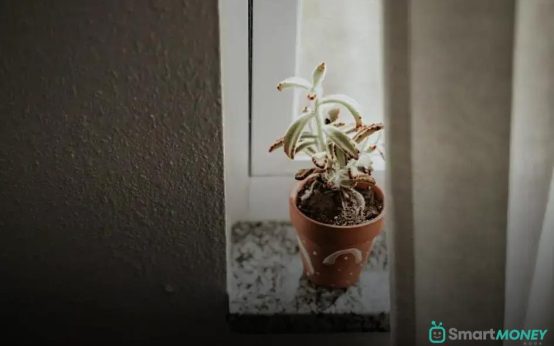 Growing Edible Plants Inside Your Kitchen: Tips & Tricks
Growing Edible Plants Inside Your Kitchen: Tips & Tricks 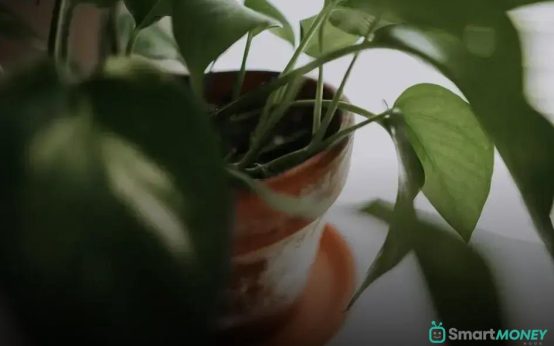 How to Rescue a Dying Houseplant: Easy Tips and Tricks
How to Rescue a Dying Houseplant: Easy Tips and Tricks